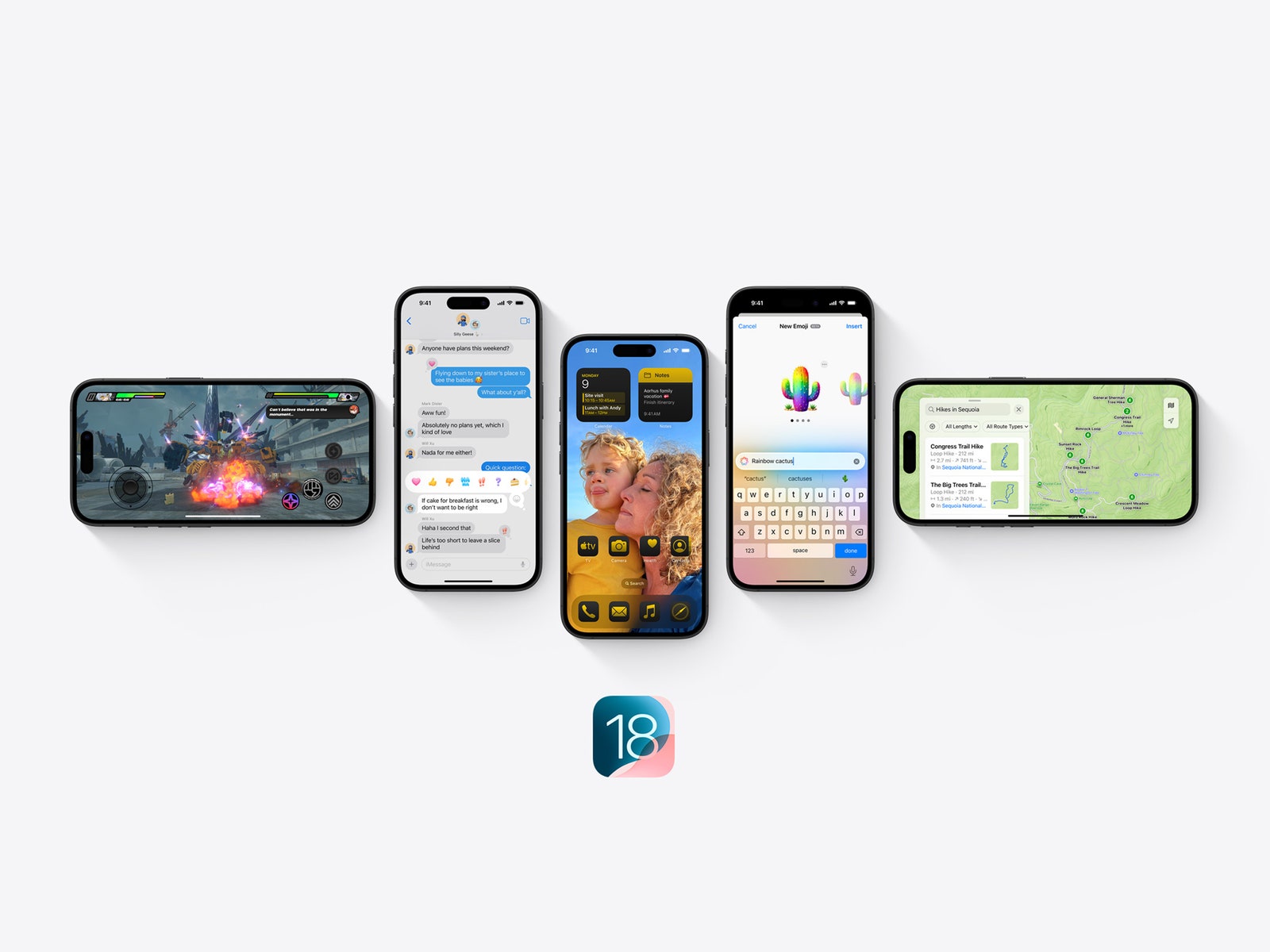This only affects new smartphones launching in the EU after June 2025, which means the iPhone 16 does not have to adhere to this law. The regulation doesn’t just touch on batteries though. Manufacturers need to sell critical spare parts for seven years and offer at least five years of software updates. These laws often influence other regions, which is why Apple is likely testing this battery replacement process in its latest phone. It’s unclear whether the new adhesive would be fully compliant with the EU’s regulations.
“The point of the legislation is that it won’t most likely require [Apple] to completely change the design of the product,” says Ugo Vallauri, codirector of the Restart Project and a founding member of the Right to Repair Europe coalition. “As long as they can supply the spare part as well as the tools needed to perform the repair, and it can be performed by a generalist—someone with some level of competence—they would not need to change much further, which can be potentially be seen as a weakness of the legislation. We will see what happens in that respect.”
Matching Game
But easier battery replacements are just one part of the story. Apple is notorious for “parts pairing,” the policy where it uses software to identify and approve parts. Apple will disable certain features if it finds the part wasn’t sourced from Apple’s official channels—even if the part comes directly from another iPhone. For example, as iFixit’s website says, if you replace your iPhone’s screen with a genuine but secondhand part, your device will lose access to Apple’s True Tone and autobrightness features, even though the screen will otherwise function normally. You may also see warning messages for replaced parts that Apple cannot identify.
New laws in Oregon and Colorado prohibit the practice of parts pairing to discriminate against otherwise compatible parts, and Apple earlier this year said it would expand repair options to support used genuine parts starting this fall. That now applies to the Face ID sensor in the TrueDepth selfie camera—you can now swap this component from one unit to another without compromising security, safety, and privacy, according to Apple.
Apple also says that now, if you use a third-party part that isn’t available in its cloud-based calibration servers, the phone will try to activate the part and make it work to its full capability. It will also show the repair history of the device within Settings and list which parts have been replaced. Any used Apple parts will now be able to be calibrated after you install them, and these will appear as “used” parts in the device’s repair history. That means features like True Tone will finally be enabled for third-party displays, and you’ll be able to see health data for third-party batteries. The front camera and lidar scanner will also stay operational if the module is replaced.
“I’ve always felt like the goal of right to repair is to create the incentive for these manufacturers, who are the ones good at making stuff, to prioritize or at least incorporate repairability into their objectives,” says Nathan Proctor, senior director of the Campaign for the Right to Repair at Public Interest Research Group. “And once they do, they are actually coming up with new ways to make things easier to fix in ways I couldn’t have predicted or thought up. It’s exciting to see Apple engineers coming up with solutions for making things more fixable.”
